-
×
-
×
-
×
-
×
-
×
-
×
-
×
Purple Vampire Crab - Geosesarma Dennerle - Decapod Crustacean 1 × £7.74
-
×
-
×
-
×
-
×
-
×
-
×
-
×
-
×
-
×
-
×
Subtotal: £384.31
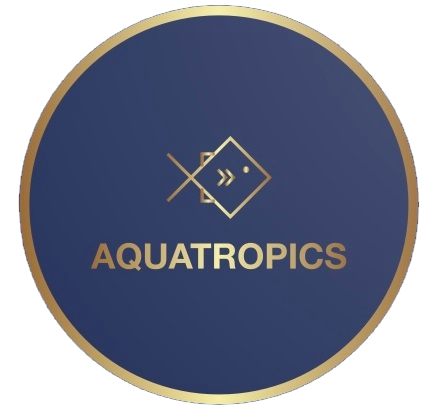
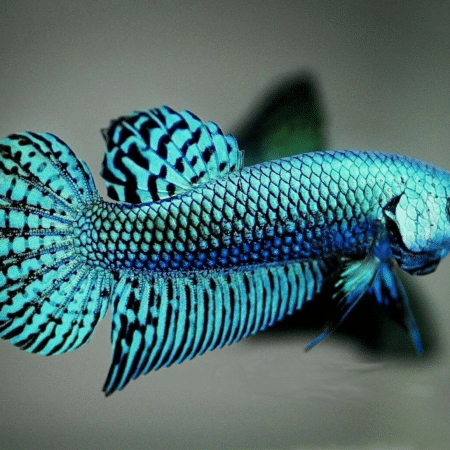

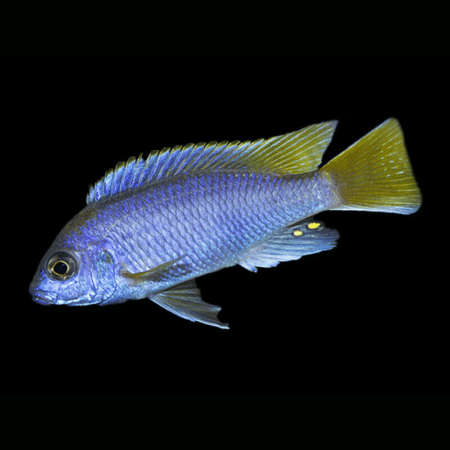
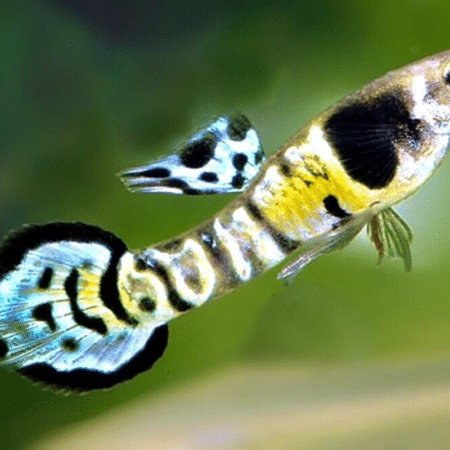

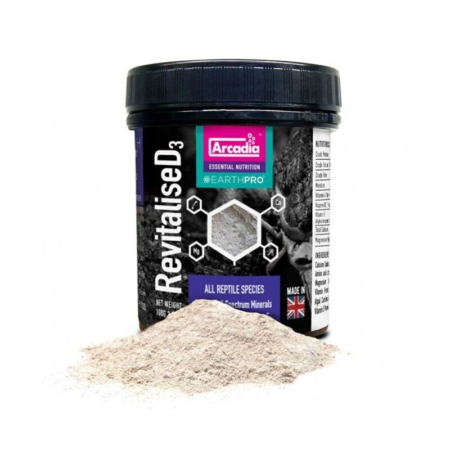
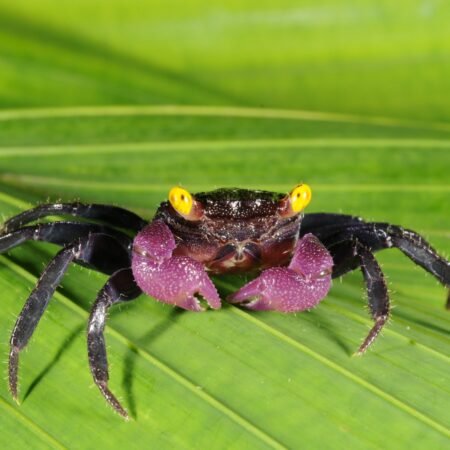 Purple Vampire Crab - Geosesarma Dennerle - Decapod Crustacean
Purple Vampire Crab - Geosesarma Dennerle - Decapod Crustacean 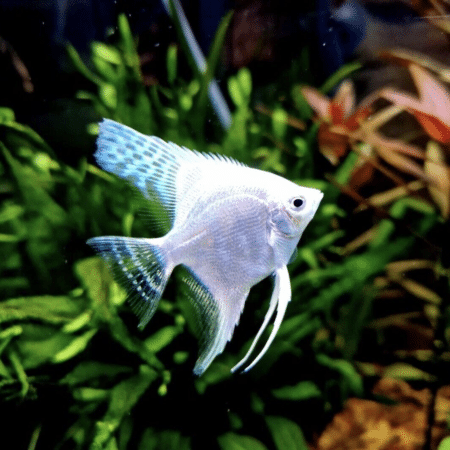


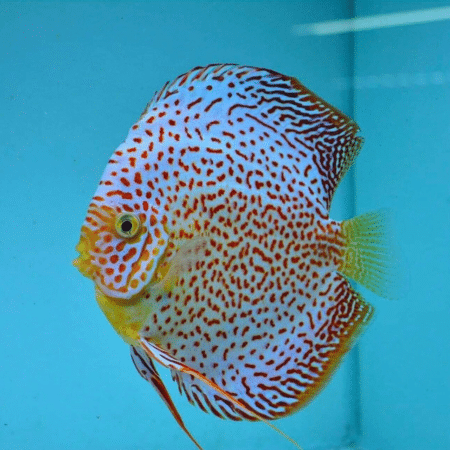





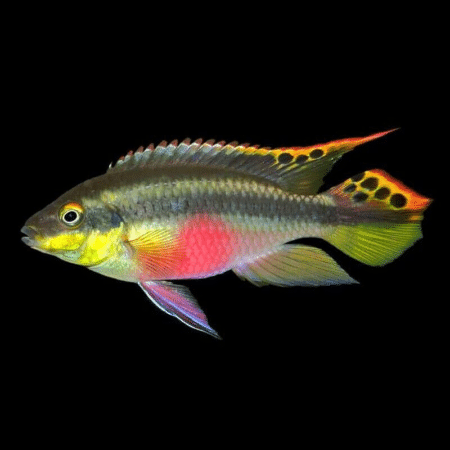
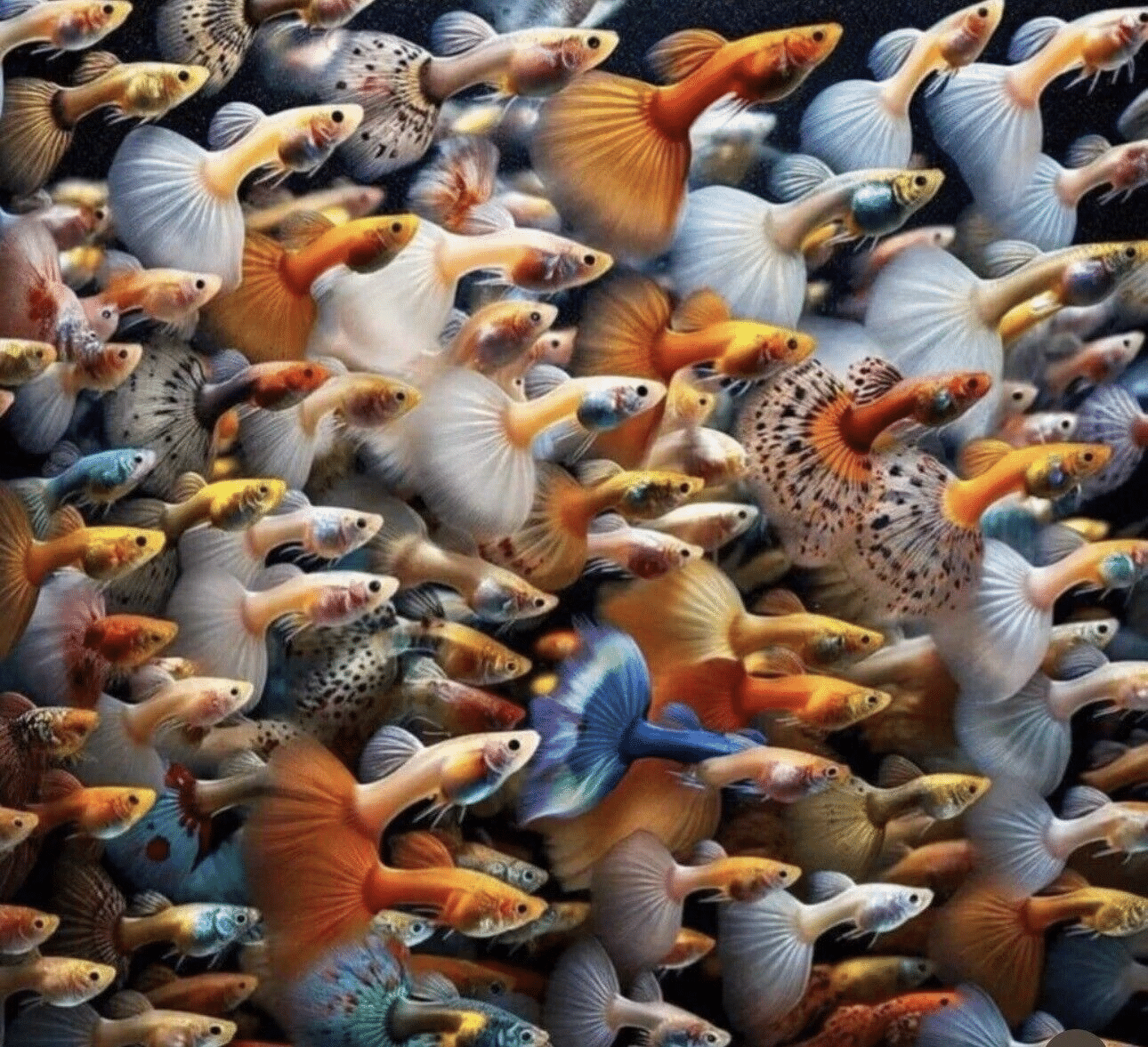




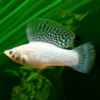








davedlovatt56 (verified owner) –
Purchased selection of these a few weeks ago and all doing very well, quick delivery and excellent mix sent
Emily Carter (verified owner) –
I recently purchased the Premier Guppy Assorted Male pack, and I couldn’t be happier! As a caring fish parent, I genuinely prioritize the health and happiness of my aquatic friends, and these guppies have truly exceeded my expectations. Each fish was vibrant and full of personality – the colors are just breathtaking! After a week in my 20-gallon tank, they’ve settled in beautifully and are active swimmers, showcasing their playful nature.
I love how diverse the selection is; you get a wonderful variety of guppy fish that really bring the tank to life. The quality is far superior compared to what I’ve experienced with other sellers. While there was a minor hiccup with shipping getting delayed by a couple of days, the fish arrived in excellent condition, which reassured me of their care during transport.
I would highly recommend these guppy fish to anyone looking to brighten up their aquarium, especially beginners who want a lively, colorful addition to their setup. They are hardy and adapt well to various water conditions, making them perfect for new fish keepers. I definitely plan on buying again to expand my little family!
Emily Carter (verified owner) –
I recently purchased the Premier Guppy Assorted Male pack, and I couldn’t be happier! As a passionate aquarium hobbyist, I am always on the lookout for colorful fish to enhance my tank. These guppies arrived just over a week ago, and they have already brought so much life and vibrancy to my setup. Their graceful movements and stunning colors are mesmerizing to watch! I appreciate the variety—each one has its own unique pattern that adds to the charm of my aquarium.
What stands out to me is their healthiness; they were clearly well cared for before arriving. Unlike some alternatives I’ve tried in the past, these guppies acclimated quickly and showed no signs of stress. I also love that they’re peaceful fish, perfect for my community tank.
If you’re considering adding a splash of color to your aquarium, I wholeheartedly recommend these guppies. They’re perfect for both beginners and experienced aquarists alike. Just make sure your tank is properly cycled and maintain good water quality, as they thrive best in a healthy environment. I will definitely be purchasing more in the future!